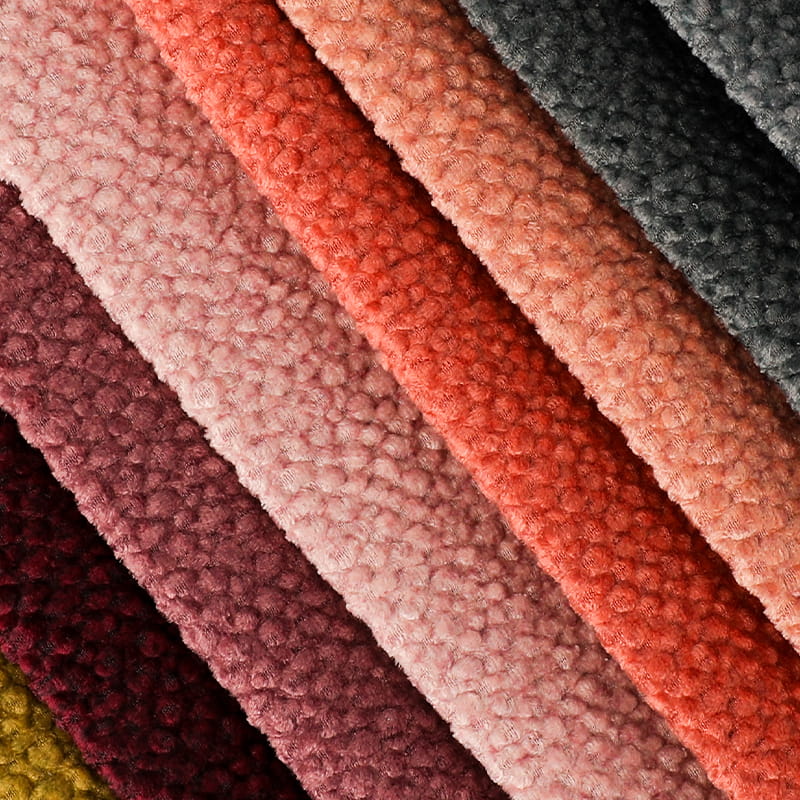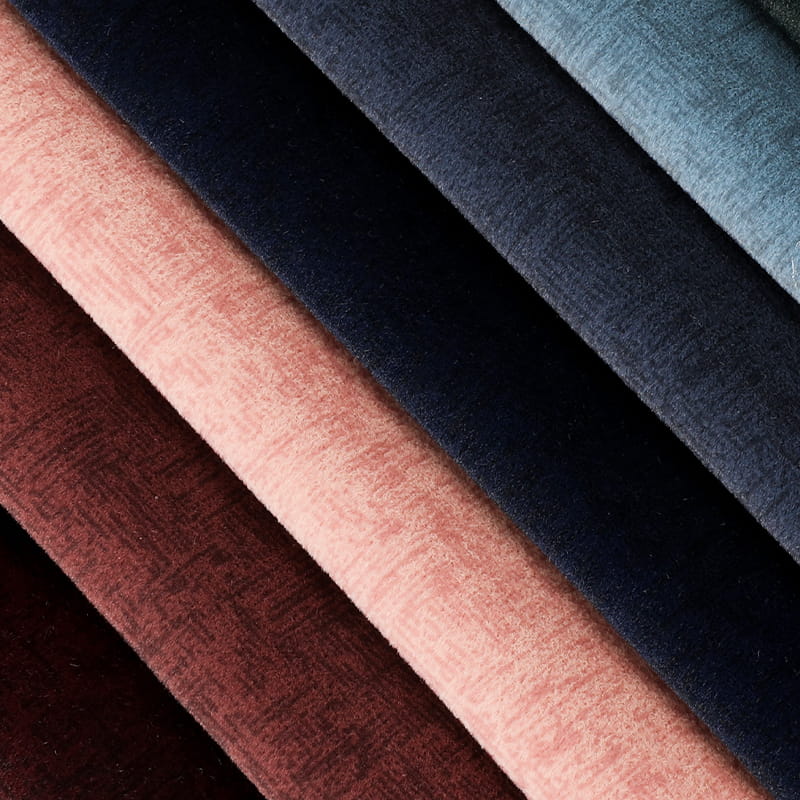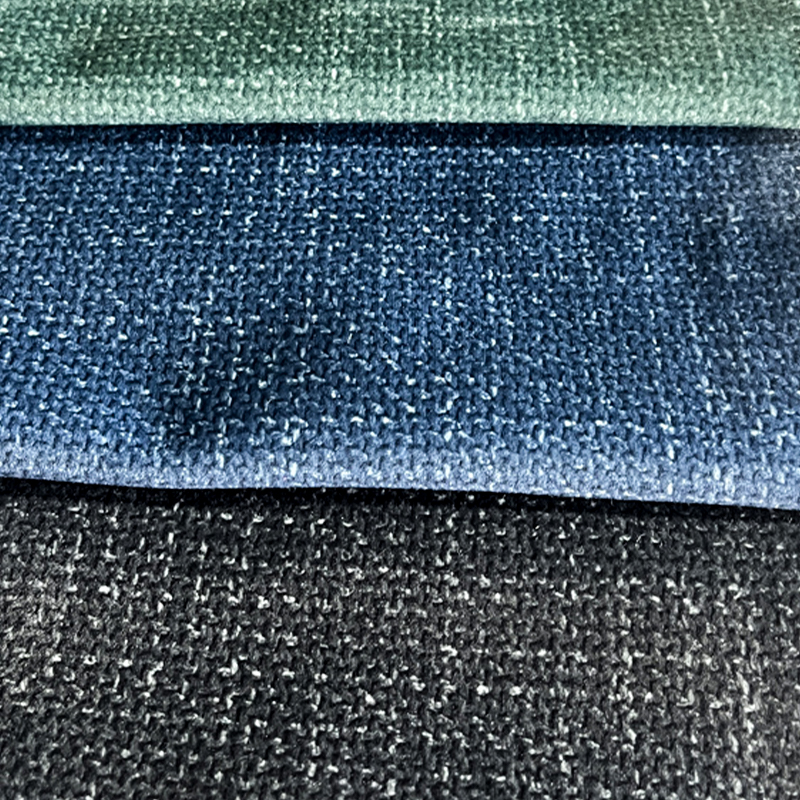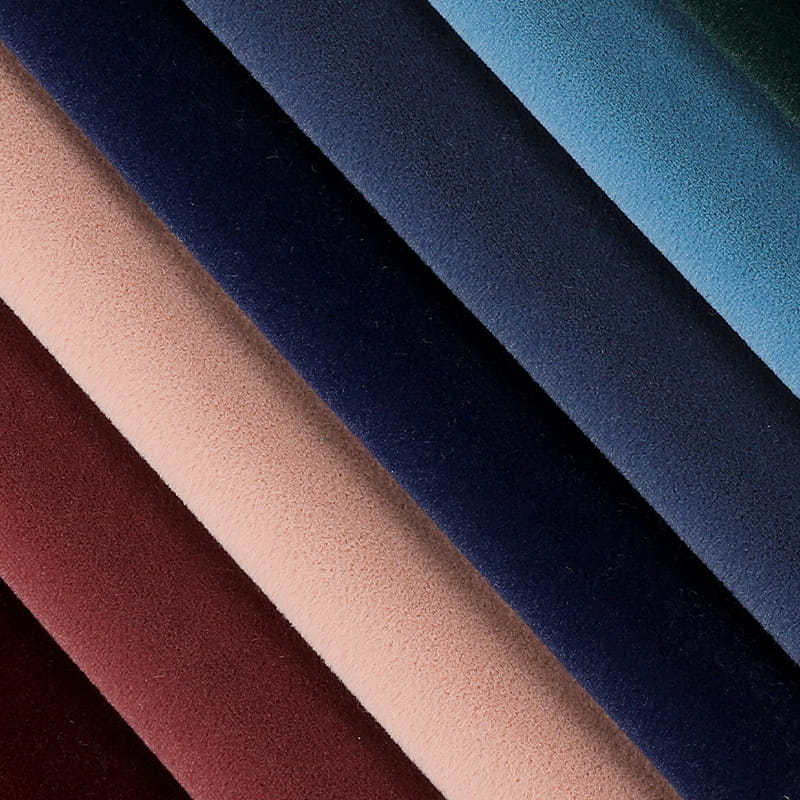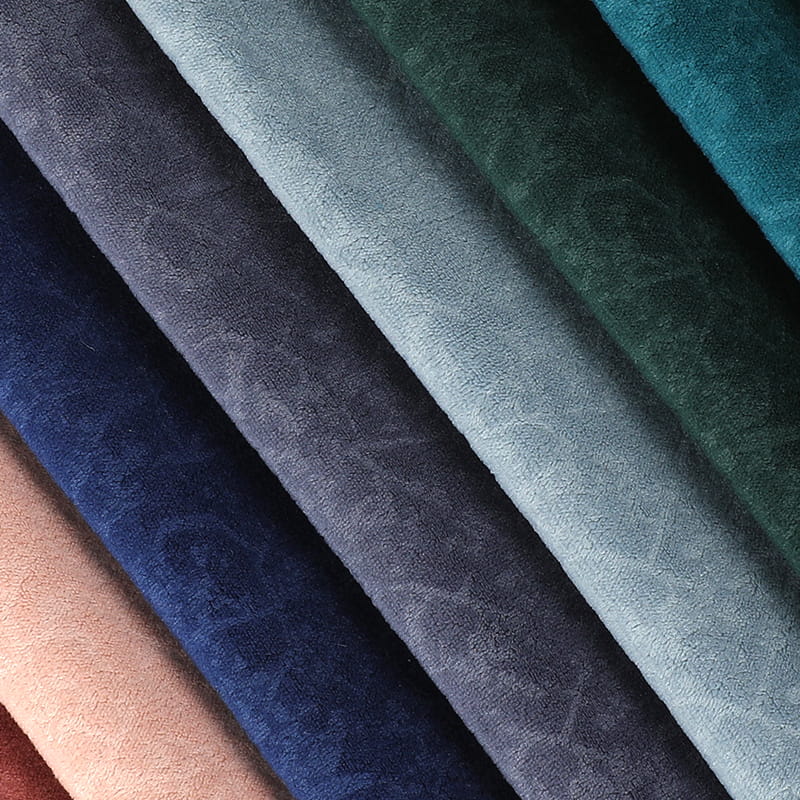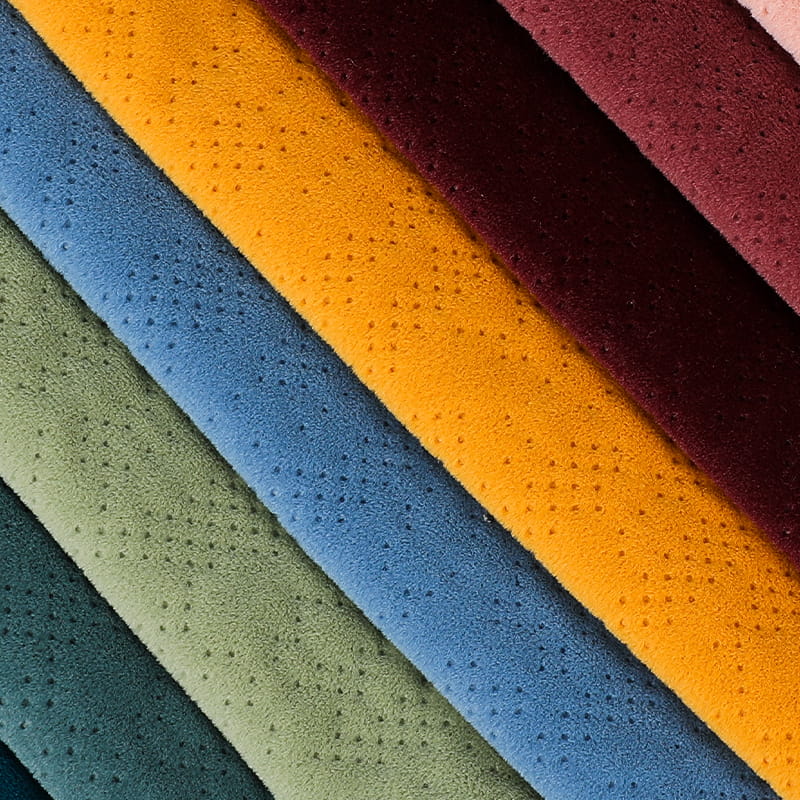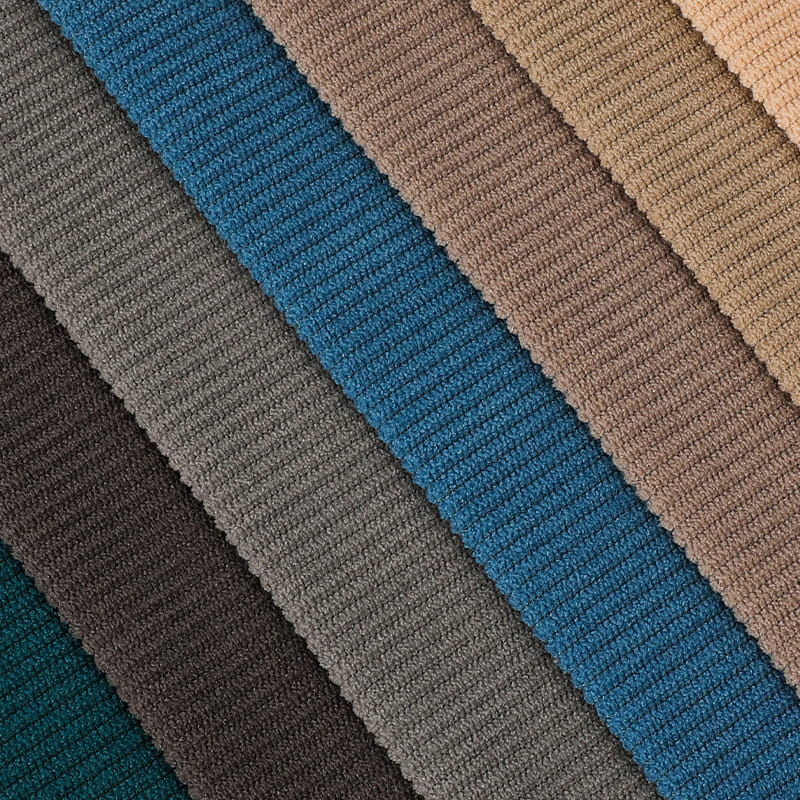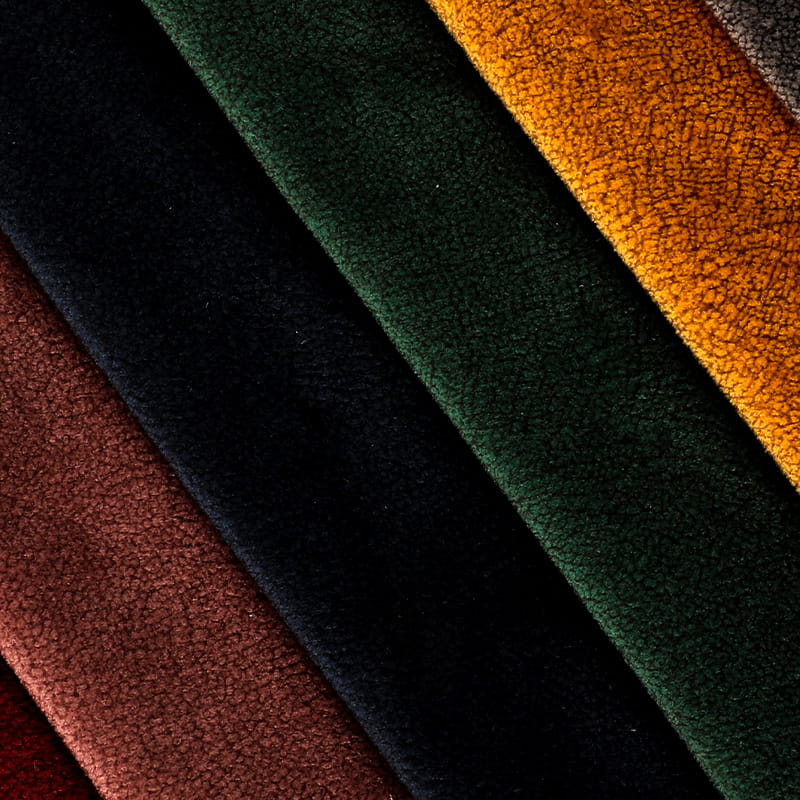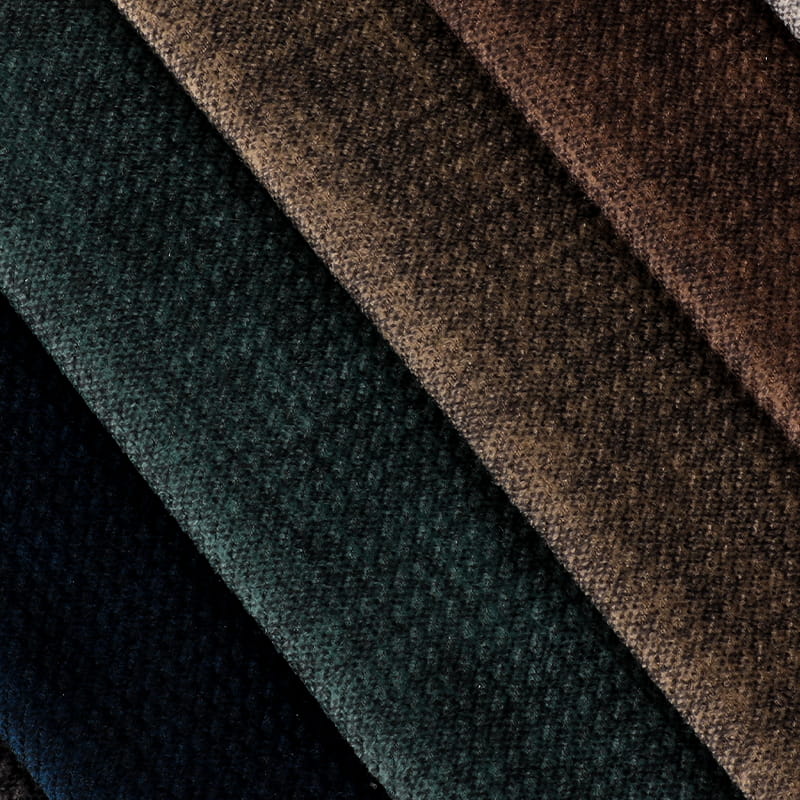With the rapid development of modern textile technology, waterproof technology fabric is no longer just a patent for outdoor sports brands and extreme environments. It is gradually penetrating into daily clothing, industrial manufacturing and even medical and health fields, becoming a major symbol of functional material innovation. With consumers' multiple requirements for clothing comfort, practicality and aesthetics, the research and development of waterproof technology fabrics has increasingly reflected a high degree of professionalism and diversity, promoting the deep integration of material science and fashion industry.
The core of waterproof technology fabrics lies in their ability to repel liquids. Traditional waterproof mechanisms mainly rely on a combination of physical structure and chemical coating to achieve waterproof effects. At the physical level, this type of fabric reduces the possibility of water molecule penetration through a high-density fabric structure. At the chemical level, modern technology further adopts nano-level waterproof coating or membrane technology, such as polytetrafluoroethylene (PTFE) film and polyurethane (PU) coating. These materials not only provide extremely high waterproofness, but also maintain good breathability.
The development of waterproof technology does not stop there. With the increasing awareness of environmental protection and the growing call for sustainable development, the environmental performance of waterproof fabrics has also become a research focus. Traditional perfluorinated chemical (PFC) waterproofing agents are strictly restricted due to their potential threats to the ecological environment and human health. Research teams have turned to the development of fluorine-free waterproofing agents, such as the use of alternatives such as bio-based coatings and water-based polymers, which not only achieve similar or even better waterproofing effects, but also significantly reduce the burden on the environment.
Intelligence and functional integration have also become the next development direction of waterproof technology fabrics. In the field of wearable devices and smart textiles, researchers have tried to embed sensors, temperature control materials and even energy conversion devices into waterproof fabrics, making them no longer just a "passive" protective barrier, but an "active" response system.
In terms of appearance and design, waterproof technology fabrics have also broken the stereotype of "practical means rough" in the past. While maintaining technical performance, new fabrics have begun to pursue a light, soft and even transparent visual texture. Color stability, wrinkle resistance and controllability of fabric texture have also become the focus of designers. Cross-border collaborations between fashion brands and technology companies are becoming more frequent, as they jointly explore how to combine high-performance materials with modern aesthetics to create clothing products that are both windproof and rainproof while also showing individuality.



 English
English Español
Español